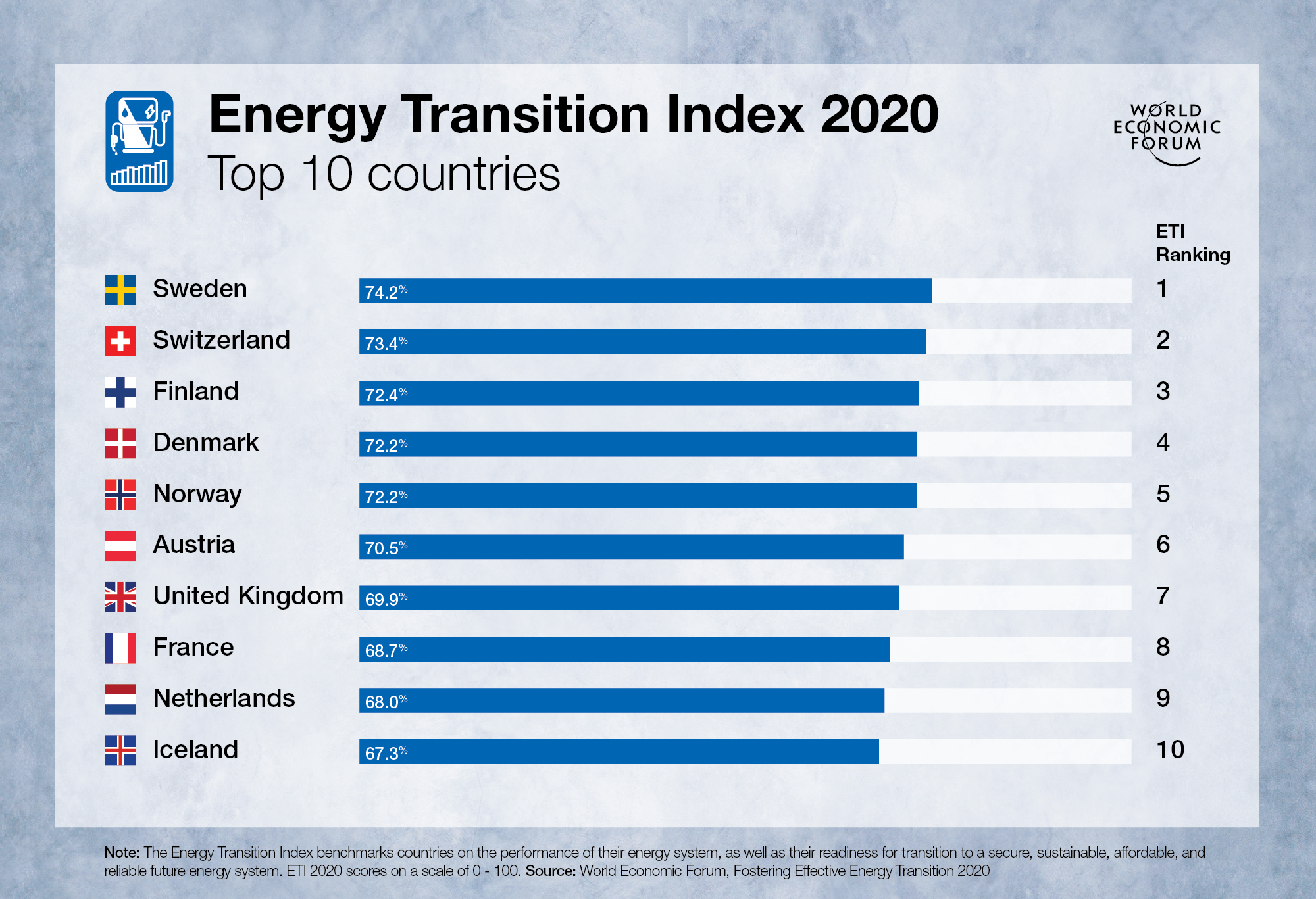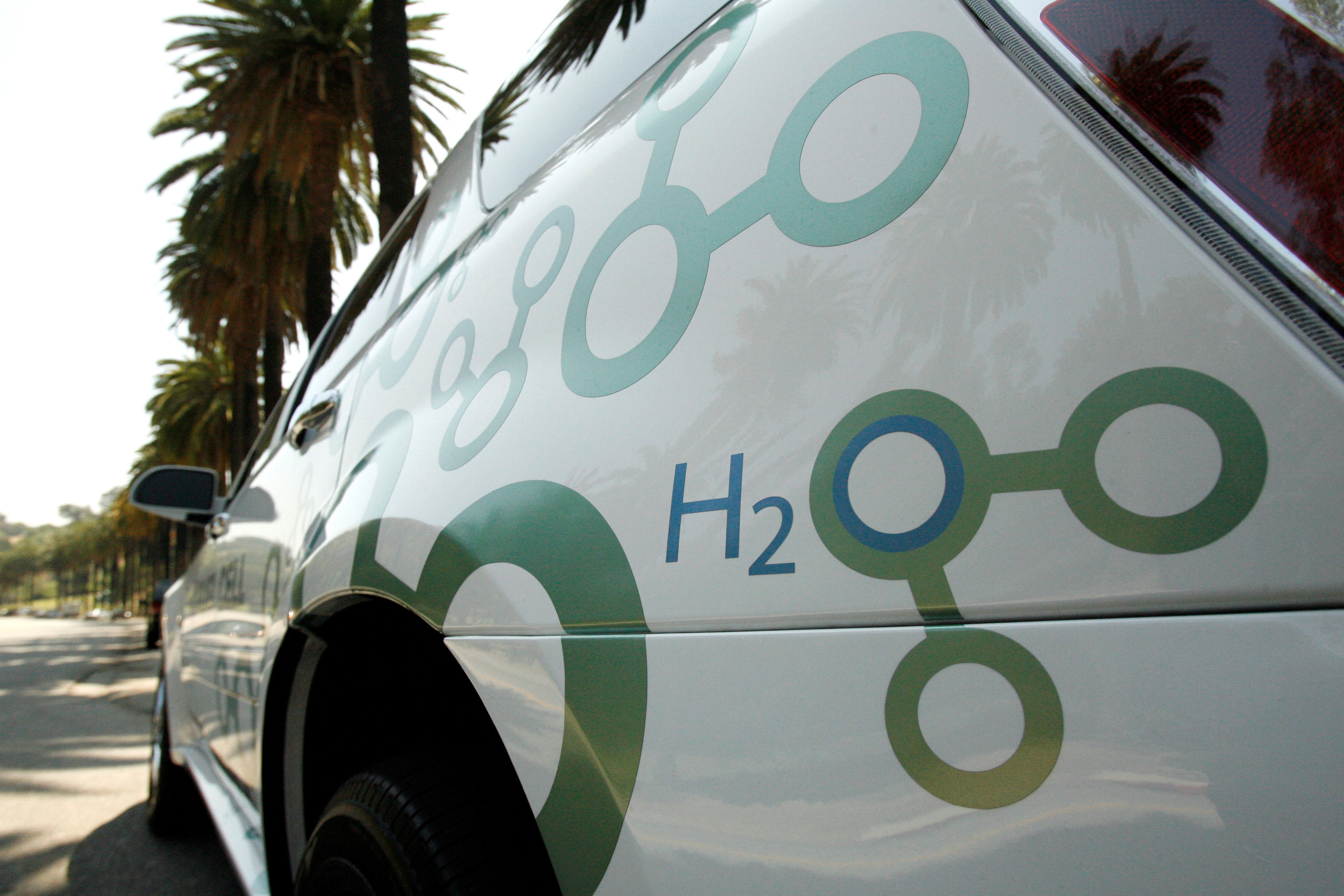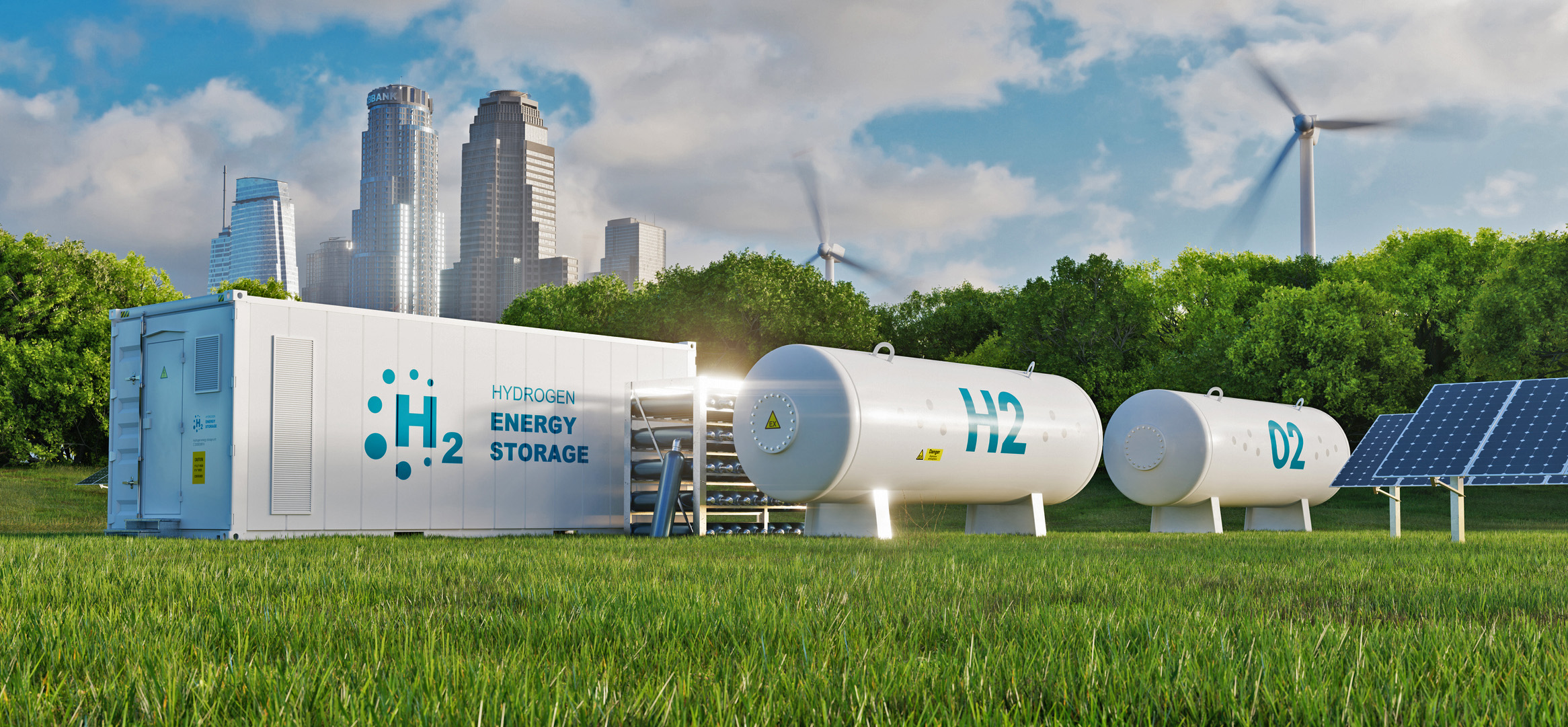How to understand the carbon footprint of clean hydrogen
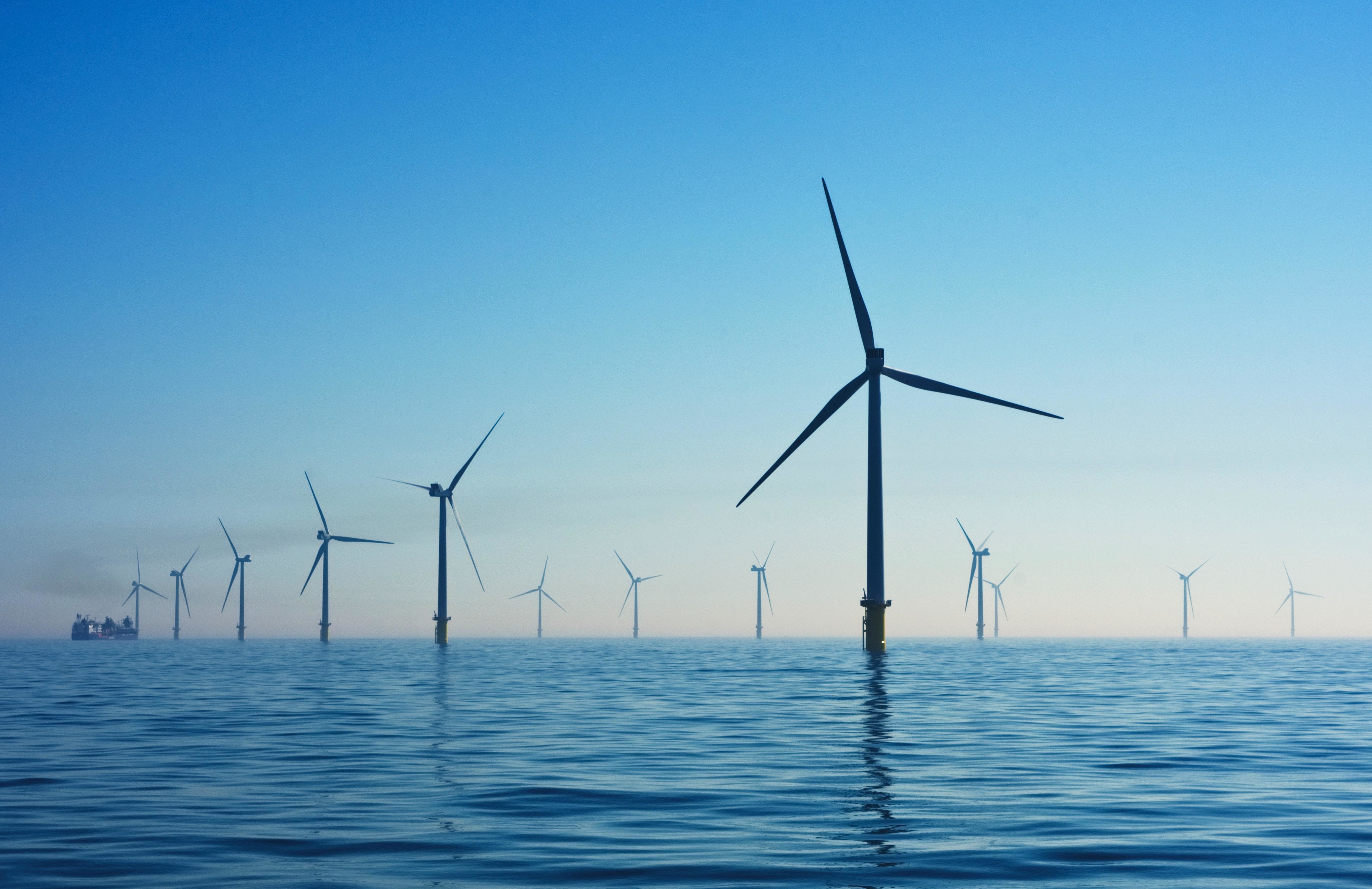
Reducing the carbon footprint of clean hydrogen using renewable energy generation.
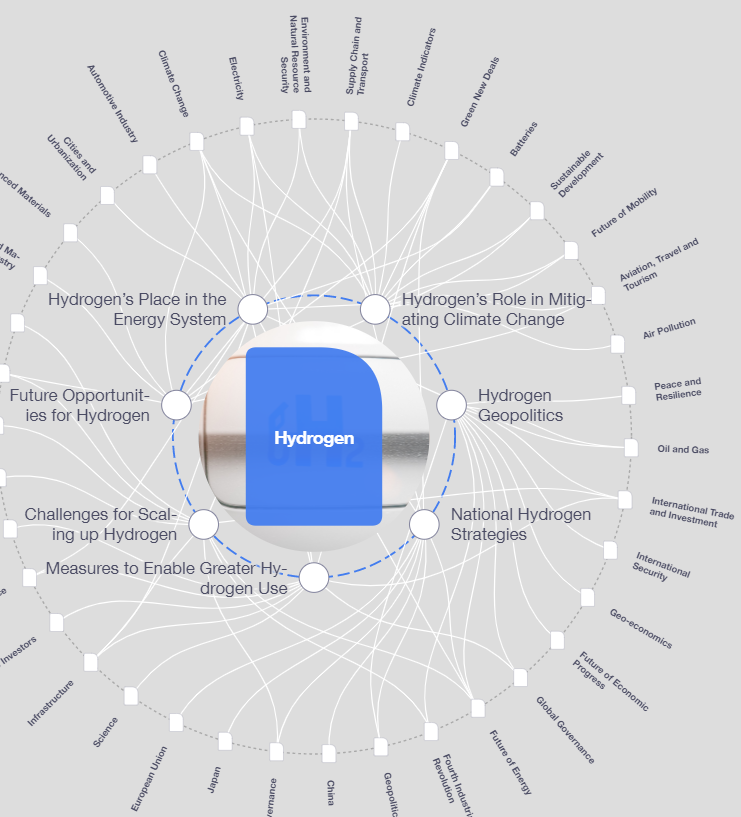
Explore and monitor how Hydrogen is affecting economies, industries and global issues

Get involved with our crowdsourced digital platform to deliver impact at scale
Stay up to date:
Hydrogen
Listen to the article
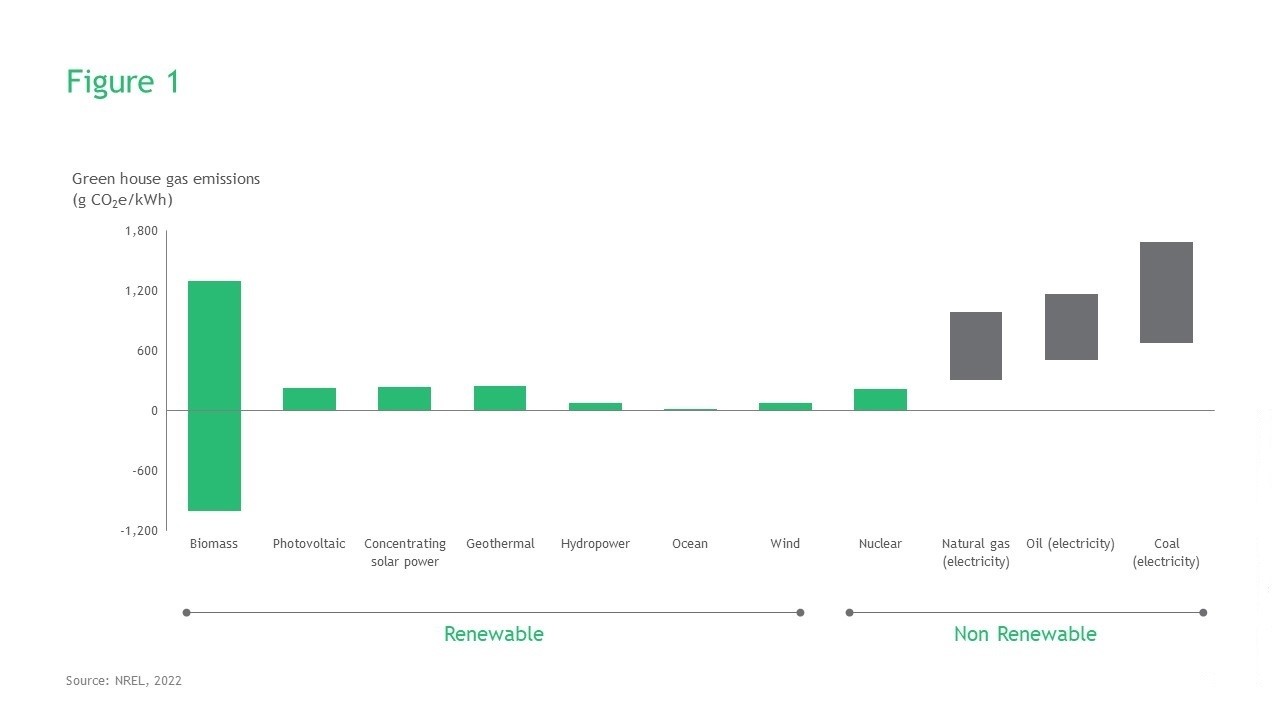
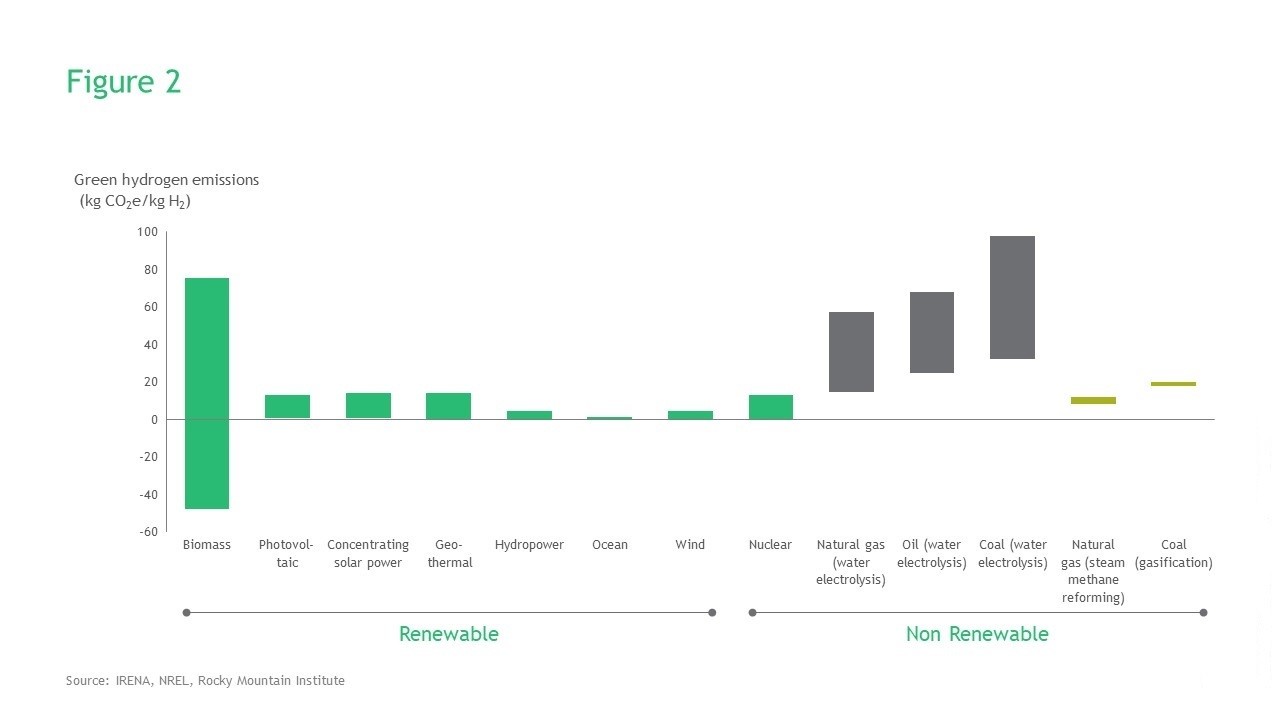
What's the World Economic Forum doing about the transition to clean energy?
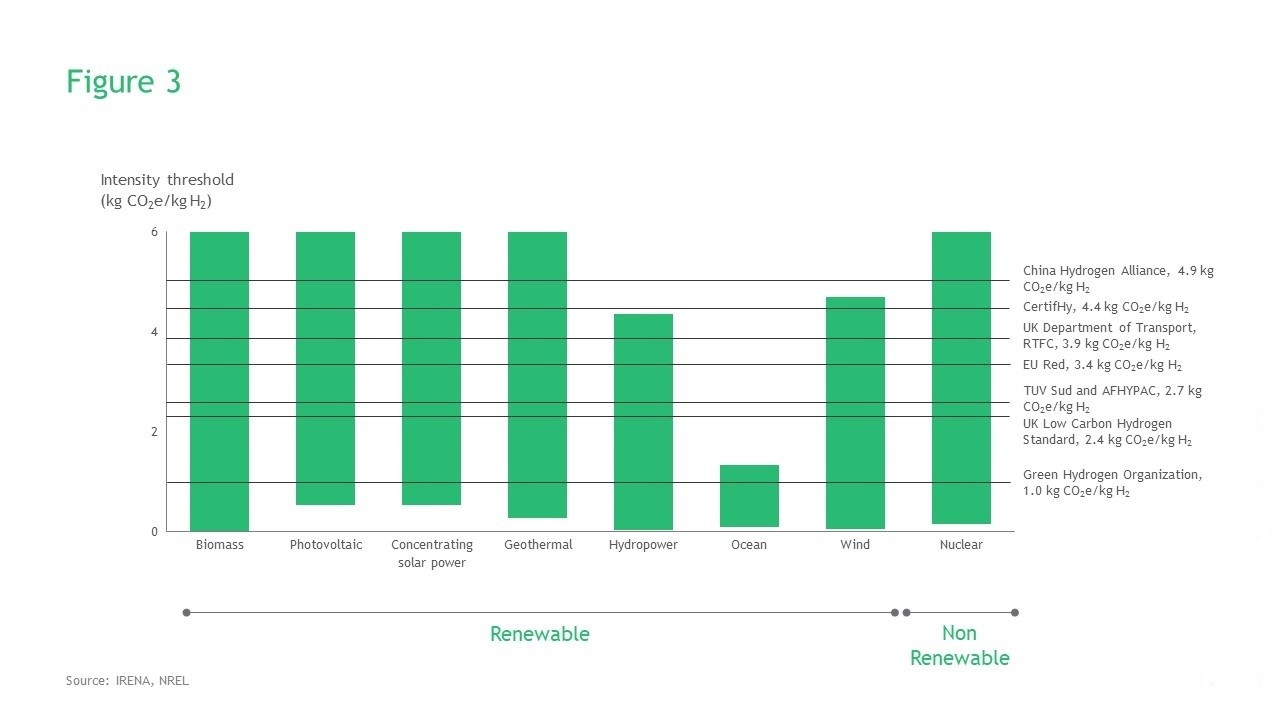
Don't miss any update on this topic
Create a free account and access your personalized content collection with our latest publications and analyses.
License and Republishing
World Economic Forum articles may be republished in accordance with the Creative Commons Attribution-NonCommercial-NoDerivatives 4.0 International Public License, and in accordance with our Terms of Use.
The views expressed in this article are those of the author alone and not the World Economic Forum.
Related topics:
The Agenda Weekly
A weekly update of the most important issues driving the global agenda
You can unsubscribe at any time using the link in our emails. For more details, review our privacy policy.
More on HydrogenSee all
Noel Nevshehir
March 16, 2023
Leah Garden
March 6, 2023
Noam Boussidan
January 12, 2023
Gerd Müller
November 16, 2022
Bart Kolodziejczyk
September 28, 2022
